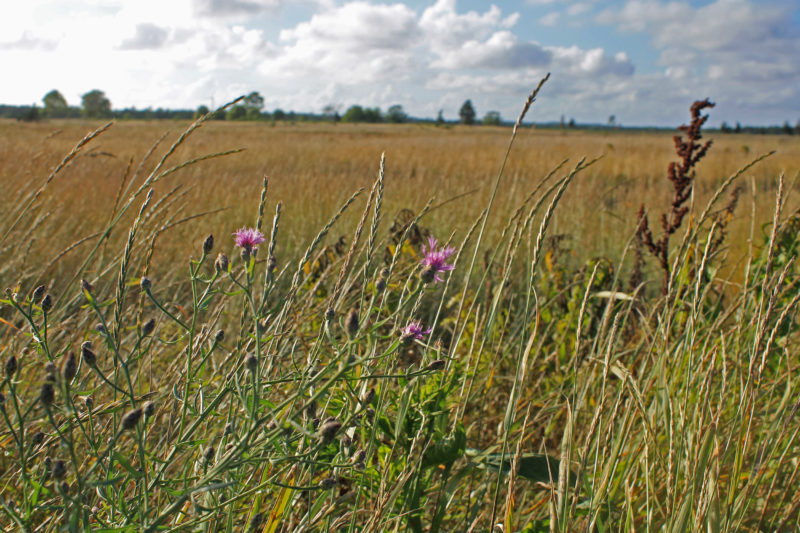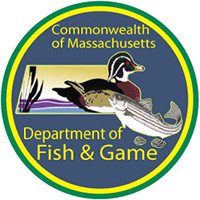Frances A. Crane Wildlife Management Area
Hunters, hikers, mountain bikers, and horseback riders alike flock to Frances A. Crane Wildlife Management Area’s 1,800 acres in East Falmouth. Maintained by the Department of Fish and Game for hunting access, Frances Crane’s forests and fields are also home to a rich variety of native and rare species, and welcome many different types of outdoor recreation.
Features

Frances A. Crane Wildlife Management Area has acres of meadows thick with native grasses and wildflowers, which provide valuable habitat for birds and butterflies.
Rocky hills, open fields, and pine forests sprawl across this large stretch of conservation land. Crane Wildlife Management Area gets its name from Frances Anita Crane, whose family once owned this land and sold it to the state in the 1950s.
Today, the Department of Fish and Game maintains Frances Crane for upland game bird hunting. Adventurous walkers, horseback riders, and mountain bikers will find an extensive array of trails here, with different environments to explore in each of Frances Crane’s three different sections.
Trails
Crane Wildlife Management Area has three sections. The western portion, tucked into the corner of Route 28 and Route 151 (Nathan Ellis Highway), features dramatic hills along Falmouth’s glacial moraine. This section is primarily used by mountain bikers, who zip along its maze of undulating, rock-studded trails. (Download western trail map)
The eastern portion, bordered by the railroad tracks to the west and Sandwich Road to the east, is a mix of open fields and pine woodlands. This section is shared by hunters, walkers, horseback riders, and members of the Otis Model Aero Club, who launch model planes on its flying field. (Download eastern trail map)
The southern portion, south of Route 151 between Sandwich Road and Currier Road, contains tree-scattered fields that are mostly used by hunters. No trail map is available for this section. Take caution if you’re walking here during local hunting seasons, particularly quail and pheasant season (generally, from mid-October through November), by wearing blaze orange.
Habitats & Wildlife
Frances Crane is maintained as a quail and pheasant habitat, and the Department of Fish and Game stocks the wildlife management area with these birds seasonally. The state has restored meadows on this property with native plants, including threatened grasses that are now uncommon in the region due to development and reforestation. Frances Crane also contains a large sandplain grassland, a globally rare habitat, where species like sparrows nest and hawks and owls hunt for prey.
You’ll find a variety of butterflies, numerous songbirds, and stunning aerial displays by clouds of starlings in the meadows of Frances Crane. Foxes, cottontail rabbits, wild turkeys, and white-tailed deer share this space, too, moving between the fields and pine woodlands. If you take an evening spring walk here, you may be lucky enough to come across the mating dance of the American woodcock, which forages in these fields.

 Download Property Map
Download Property Map